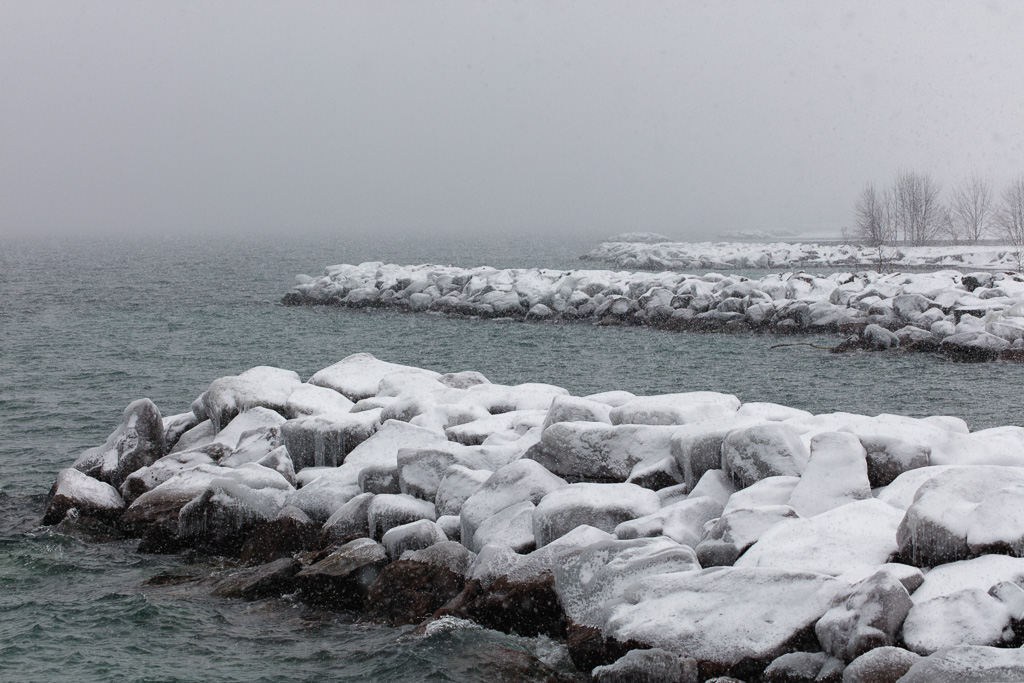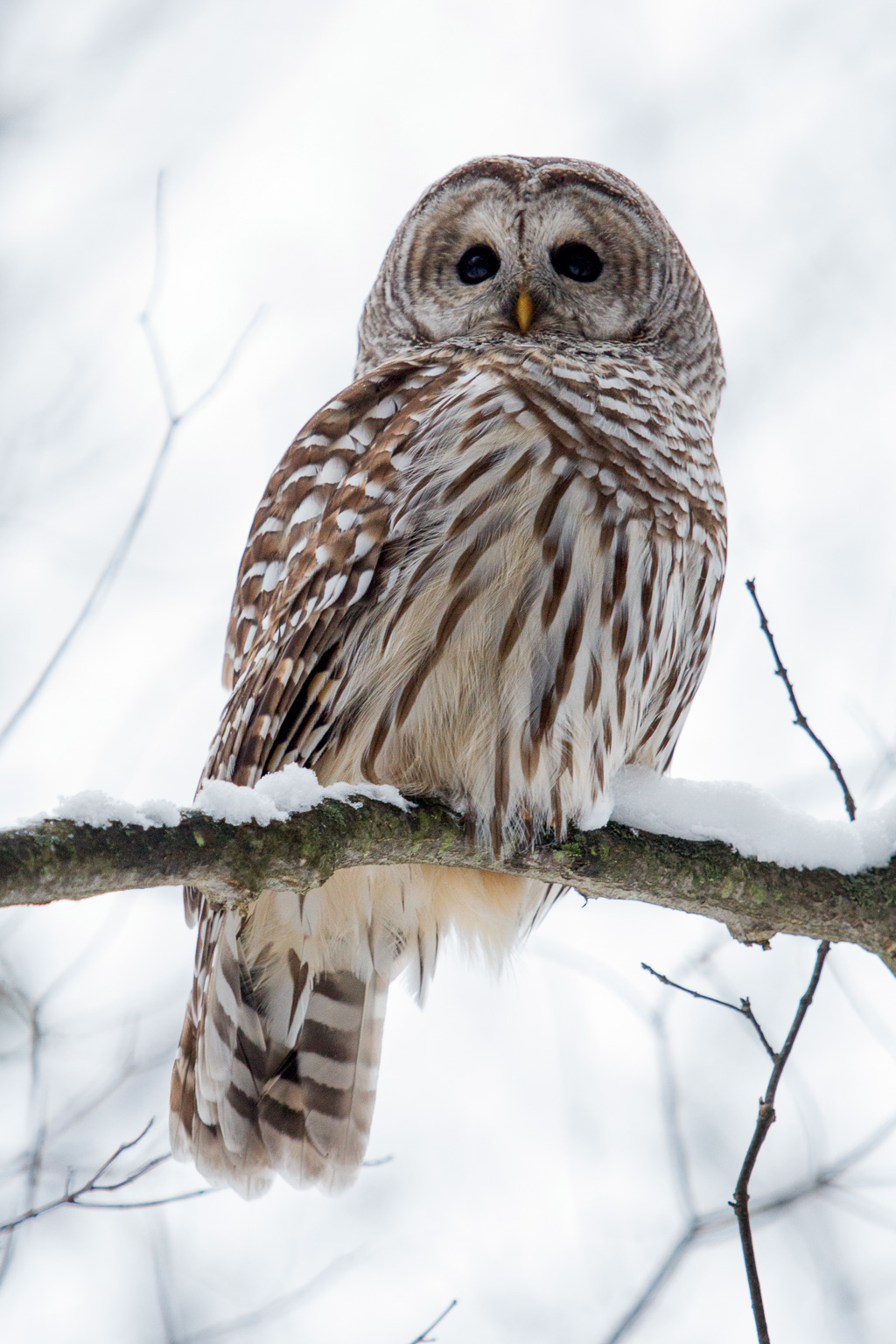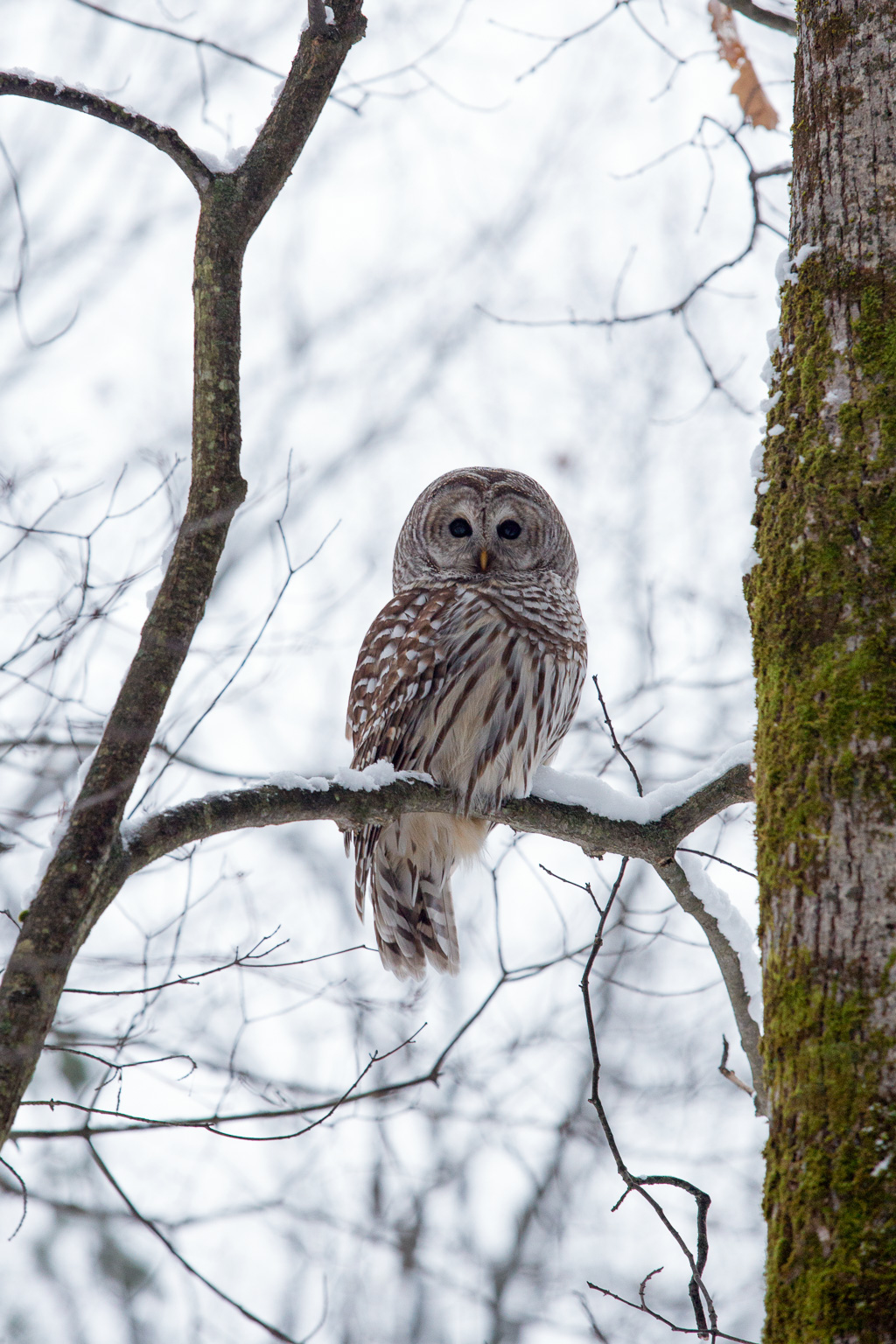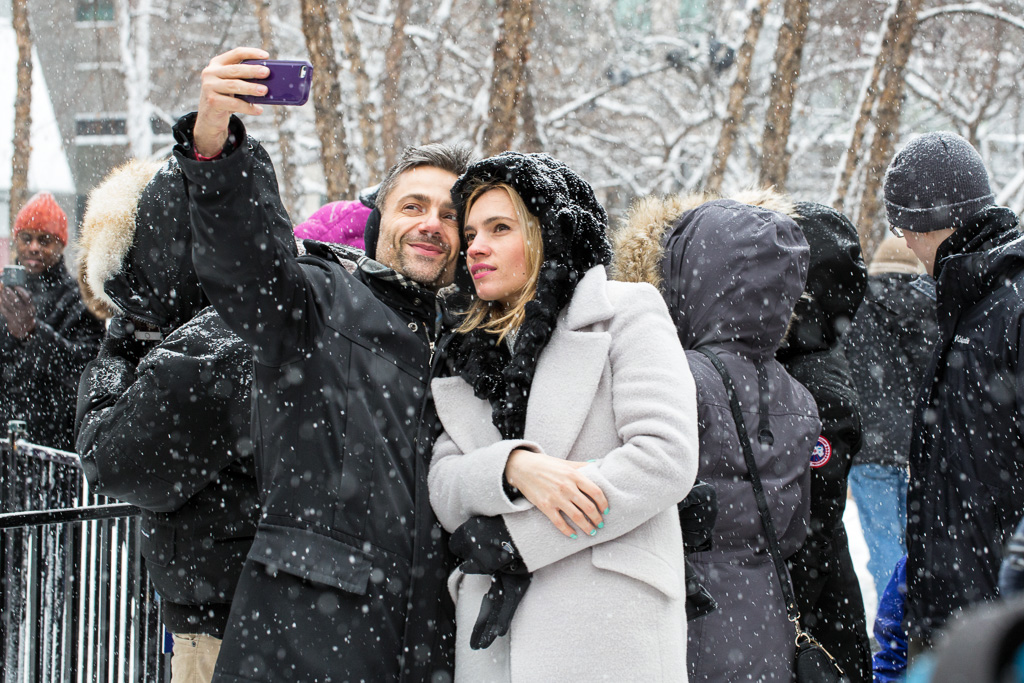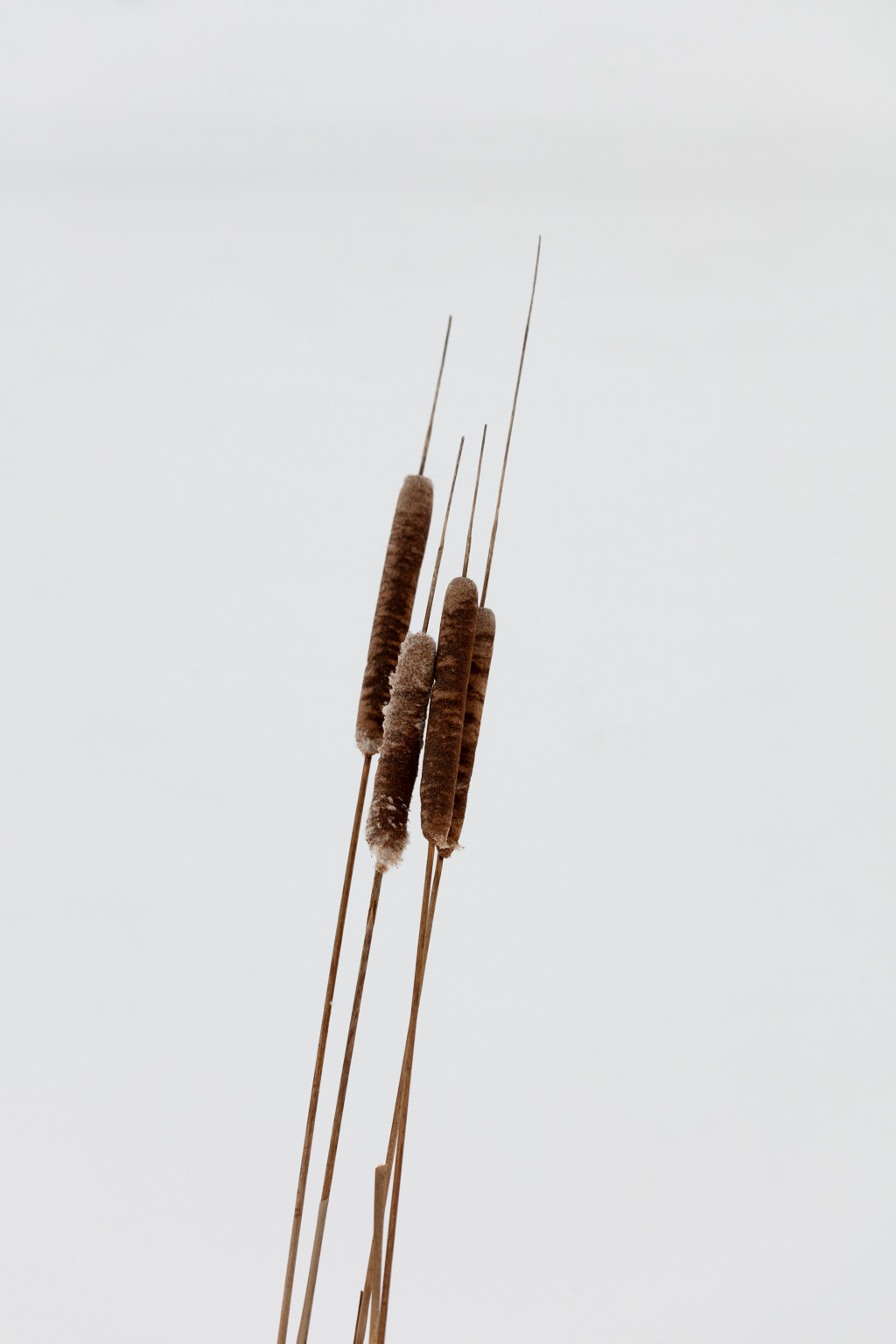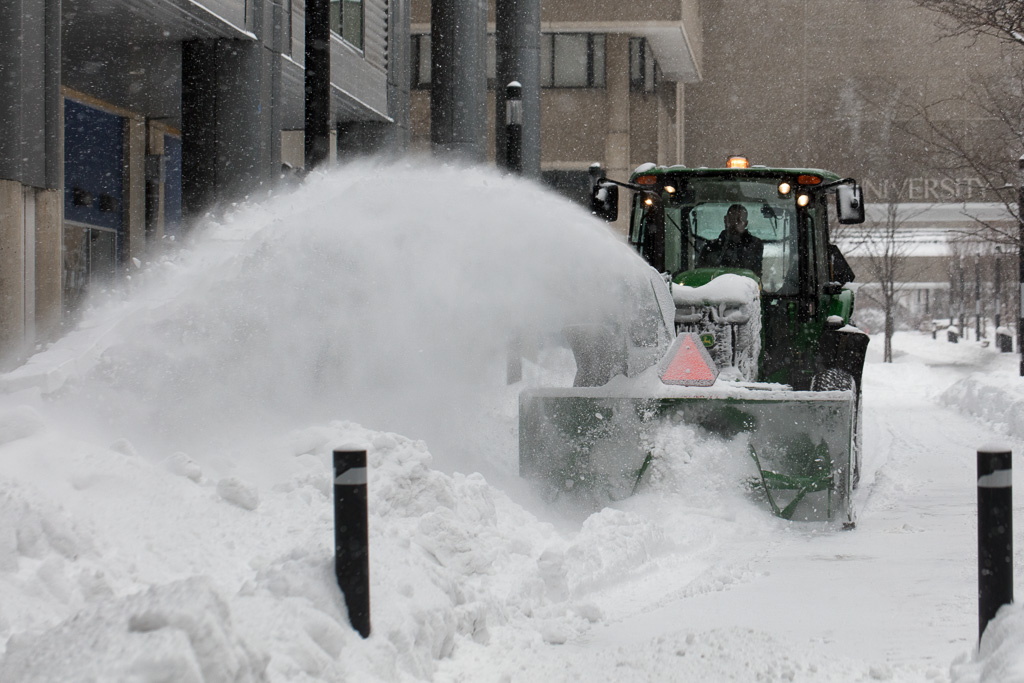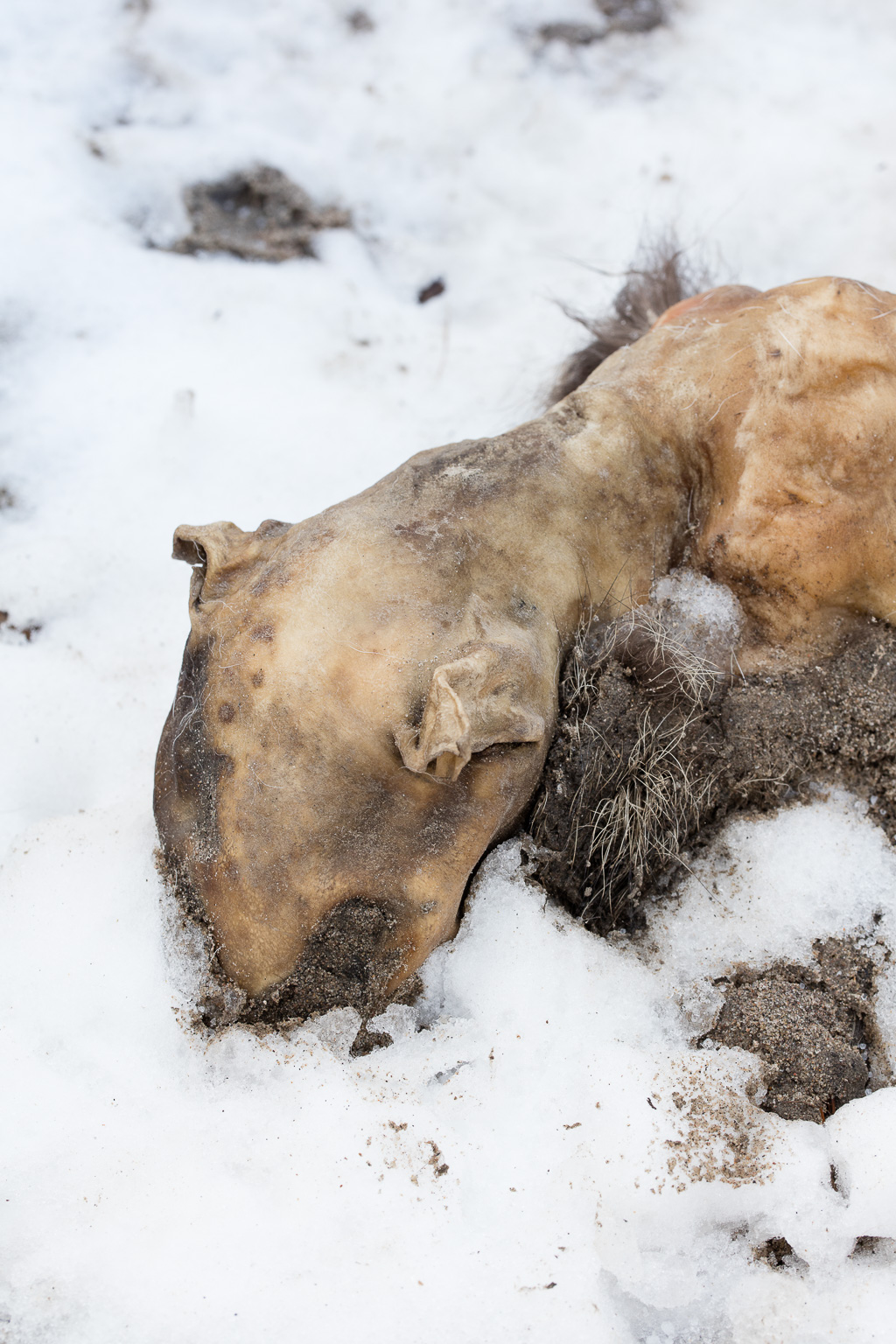Winter can be challenging for local fauna, and, for some, it isn’t survivable. As a matter of evolutionary biology, most animals have met the challenge of winter by developing migratory patterns. However, wherever humans have settled, they have disrupted those patterns, either by deliberately feeding animals or by generating enough garbage to sustain scavengers. Now, Covid-19 has disrupted the disruption. Where widespread lockdowns have been imposed, animals dependent upon humans may have to adjust to a sudden scarcity of expected food.
Or maybe nothing. Changes in human behaviour are temporary and short-term. Although difficult to measure, it is unlikely that Covid-related changes in human behaviour will have any lasting effect upon animal behaviour.
As for the photograph above, who’s to say why this raccoon died? Maybe it couldn’t find its usual heap of human generated garbage, or maybe it was diseased, or it was old, or it committed raccoon seppuku.
I think it’s worth noting that, in terms of the information they convey, virtually all photographs are anecdotal. This is a feature intrinsic to the medium. At the same time, perhaps for the first time in human history, we have been forced to engage in what might be described as an epistemological reckoning. While conflicts emerging in the context of Covid-19 present as political or ideological conflicts, if we step back from the fray, we find that they are really conflicts about how we know what we claim to know. We’ve never had to do this before, not as a global collective.
If you peel away the labels, the anti-vaxxers aren’t anti-science; they’re pro-science, but theirs is a science of the Newtonian variety. Cause and effect. Discrete interactions. All behaviours, whether on a cosmological or a subatomic scale, function like billiard balls in the rec’ room. Meanwhile, the WHO, epidemiologists, and public health advocates subscribe to a post-Newtonian science of probability where interactions are evaluated in the aggregate and discrete events are meaningless.
Photography is always a discrete interaction and, at least when deployed as a means to communicate information, has nothing to say about matters in the aggregate. A photograph of a dead raccoon doesn’t tell us anything about raccoons, or winter, or death, or disease.
In point of fact, I didn’t make a photograph of a dead raccoon to convey information in any of the ways we customarily think about information. I made the photograph for its affective force. How does it make you feel? Affect is another way we know what we claim to know, but it tends to get ignored in most of our public conversations.


